Kašperk Castle is one of three castles in the Pilsen (Plzeň) Region which form an imaginary triangle on the map (the city of Sušice is located in its center) and at the same time, take part in a joint cooperation project. I would recommend Kašperk Castle mainly to those who are not only interested in castles and history, but enjoy long walks in nature as well.

We walked to the castle from the small town of Kašperské hory, where we were staying. The castle is 3 km away from here. The path first led us past village houses, green meadows, a small chapel and a cross. Although summer had already started in my home in Vienna, it was still spring here in its most lush green form. Lilacs bloomed in the gardens, chestnuts on the edges of the groves, and cows grazed on the green meadows.


Soon, we entered the forest. We were walking on an asphalted path, but straight trunks of tall spruces and other trees rose to the sky on both sides.

The Bohemian Forest (Šumava) is beautiful, you expect to see some elves any moment. According to a legend, a poor widower – a lumberjack – once lived here. The elves decided to help him, took his saw at night and sawed the trees for him. The man wanted to find his helpers; however, as soon as the elves saw him, they quickly disappeared into the forest, and the tree remained unsawed. The last of them shouted to the lumberjack to cut down the tree, that his luck would be there. The man did so but found nothing. He gathered a few branches for the fire to cook his soup. When he broke the branches at home, he suddenly had gold in his hands. Although it is only a legend, it is based on the fact that in the 14th century, this region was one of the most important gold deposits in Bohemia. And that was one of the reasons why Kašperk Castle was built here.

The castle was built by the Roman emperor and Czech king Charles IV in 1356. Other reasons for this construction were the need to guard the border with Bavaria and ensure an important trade route called The Golden Route from Bavaria to Kašperské hory.
The castle was built in five years. Just as other buildings built by Charles IV were named after this important monarch (Karlštejn and even Montecarlo in Tuscany), the original name of this castle was Karlsberg. Later, this word was mangled several times until Kašperk was created.
Kašperk Castle is the highest royal castle in Bohemia – 886 meters above sea level. There is a parking lot about halfway up. So you can come here by car and then continue on foot for approx. 1.5 km to the castle, the path is also suitable for baby carriages.

The castle was rebuilt several times; the core from the end of the 14th century is a rectangular palace, to which two residential, 30 m high towers are attached. Although it is a royal castle, it was not inhabited by a king but was managed by the nobility. Since its masters were supporters of the Hussites, the Hussite troops never besieged the castle.

In the interior of the castle, there are copies of several medieval paintings. Two guided tours (also in English and German) are offered:
– Living in the Castle (everyday life in the Middle Ages)
– The Changes of the Castle (structural and historical development of the castle)

Each tour lasts about 60 minutes and is complemented by a video projection. In addition, a special interactive tour is offered for children aged 6-10.
The castle is closed on Mondays. Detailed information:

The highlight of the tour is the view from the tower of the picturesque panorama of the Bohemian Forest. Although the weather was not very kind to us, the view was still beautiful.

Various events, theater, concerts and exhibitions take place in the castle premises. At the time of my visit, replicas of the Czech crown jewels were on display.

It does not matter if you miss this exhibition, there will definitely be something else interesting happening here. You can find more information about the castle and events on the website: Kašperk

Although the castle was never taken, it soon began to fall into disrepair, the walls fell silent and only the wind blew through the courtyard. No one has lived here for almost 300 years… In 1616, the town of Kašperské Hory bought the castle and manages it to this day. The castle was open to the public, but some part is constantly being under reconstruction. Full of optimism, the castle manager Václav told us about the current state and future plans. I am keeping my fingers crossed that his enthusiasm lasts for a long time and that the planned projects are implemented. If you visit Kašperk, be sure to give my regards to him!

After the tour, you can continue to the ruins of Pustý hrádek (approx. 500 m), which was supposed to protect Kašperk from a higher position in the event of an attack. The walk is not suitable for baby carriages.

You can return the same way you came to the castle – either to the car park or on foot to the Kašperské hory. The route is marked with signs. But the Forest Mother can also show you the way – an old, tall woman with gray lichen instead of hair, dressed in moss and birch bark. Be careful, however, only those who do not have a bad conscience will see her! So our group relied only on those signs to be sure. 🙂

Special Tip:
Kašperk Castle was destroyed by time. No earthquake has ever destroyed it. Fortunately, the Czech Republic is not a region with high seismic activity. There are earthquakes here, but they are weak (up to 4.5 on the Richter scale), which does not cause any major damage. The strongest earthquake so far was recorded in December 1985 near the city of Cheb. However, earthquakes cannot be predicted. We learned all this and much more interesting information at the Kašperské hory Seismic Observation Station.

The station was established at the end of the 1950s near the former mining tunnel Kristýna in the Amália Valley. In 2015, a small Museum of Seismometry was created inside the wooden pavilion, which is currently also open to the public. The museum exhibits various historical as well as contemporary seismic equipment.

A copy of the oldest known seismic instrument – an earthquake detector (seismoscope), which was invented in 132 by the Chinese scholar, astronomer and mathematician Zhang Heng – is also on display here. The instrument was made on the principle of a pendulum.

The Kristýna underground tunnel, excavated in 1805-1806 for gold mining, leads to the room where the pressure-isolated vessels (blue “pots”) are stored which contain sensitive sensors of the movements of the earth’s surface. They would also register every drop that fell onto the pot.

The ideal conditions of this mining tunnel, where professional measuring instruments are now located, were used in the past by soldiers as well who monitored nuclear explosions this way.
I have to admit that I did not think that visiting the seismic station would be so interesting. I definitely recommend it to you, too! The station and the museum can be visited from May to September on the dates listed in the Calendar of Events.
Contact: Phone +420 376 582 333 from 9:00 a.m. to 12:00 p.m. ( Mrs. Jana Bartizalová)
Address and more information: here

Kašperk, Kašperské Hory, okres Klatovy, Plzeňský kraj, Juhozápad, Česko
I would like to thank CzechTourism and Pilsen Region for organizing my visit to Kašperk Castle and the Seismic Station of Kašperské hory.
Text: © Copyright Ingrid, Travelpotpourri
Fotos: © Copyright Ingrid, Travelpotpourri and Pilsen Region (the cover picture)

 TRAVEL
TRAVEL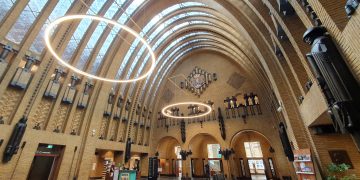
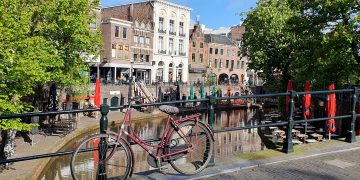


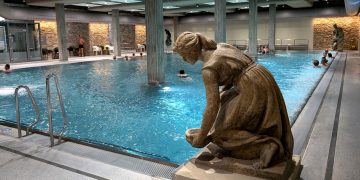
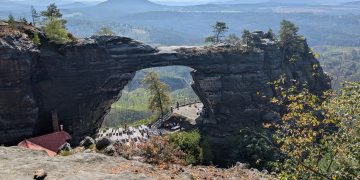

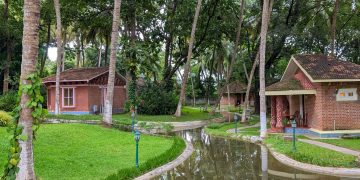
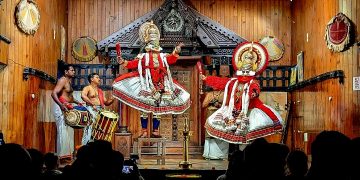
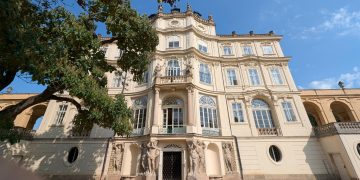
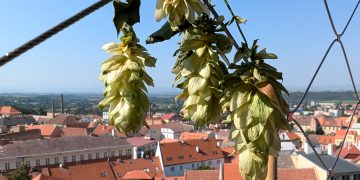

 RECIPES WITH A STORY
RECIPES WITH A STORY











 AUSTRIA-VIENNA
AUSTRIA-VIENNA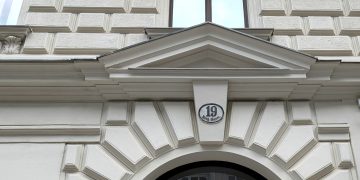
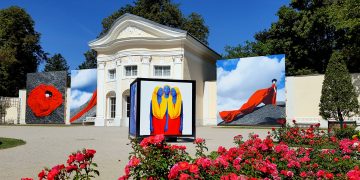
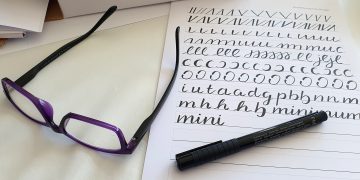
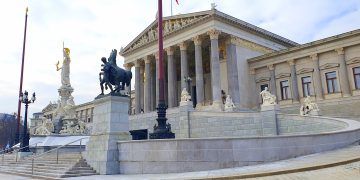
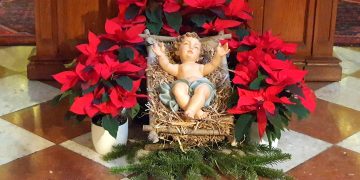

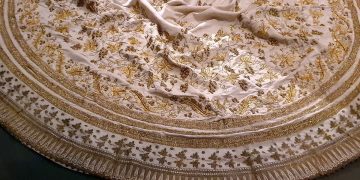
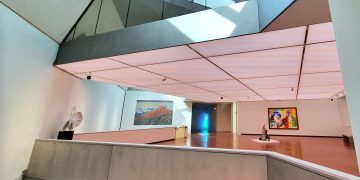
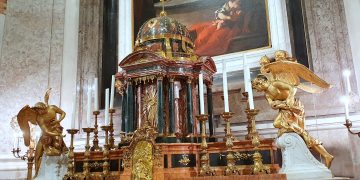

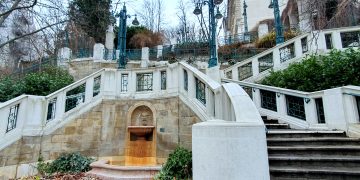

 SLOVAKIA-BRATISLAVA
SLOVAKIA-BRATISLAVA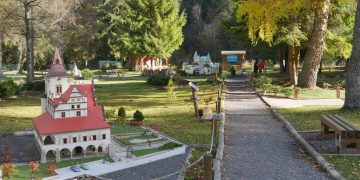
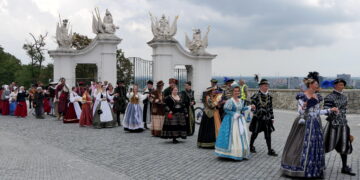


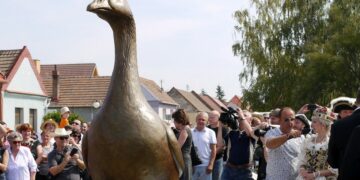
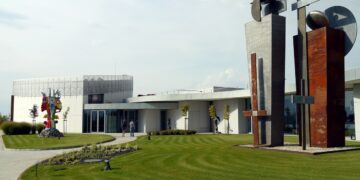

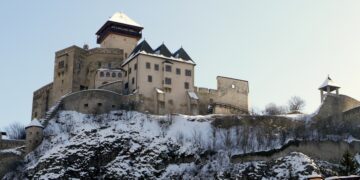
 EVENTS
EVENTS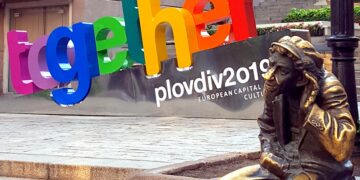
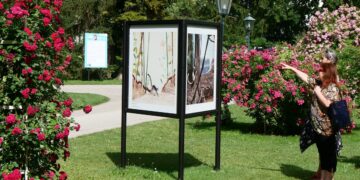
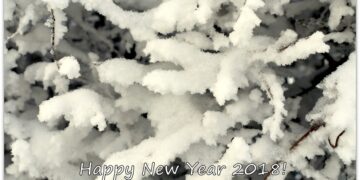
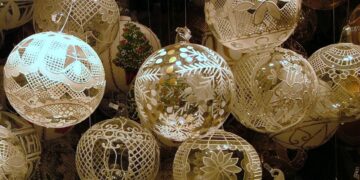
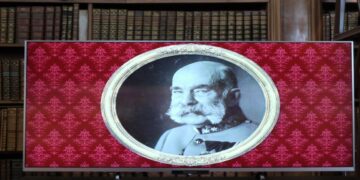
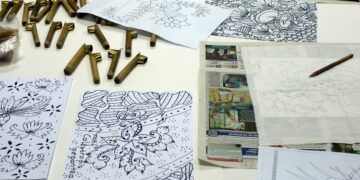


 INTERVIEWS
INTERVIEWS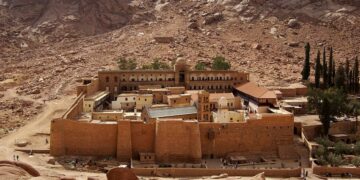







 Green Asparagus Quiche
Green Asparagus Quiche 3 Castles Worth Visiting in the Pilsen Region
3 Castles Worth Visiting in the Pilsen Region 



